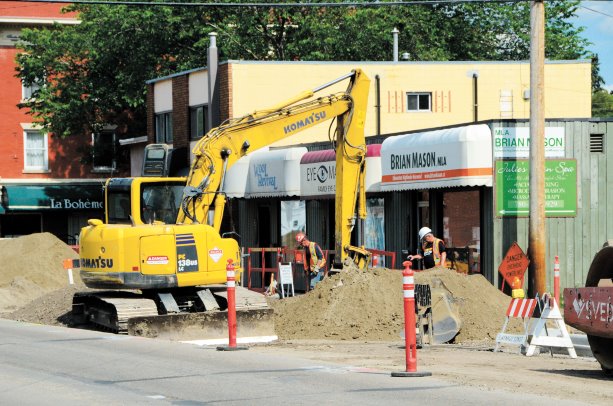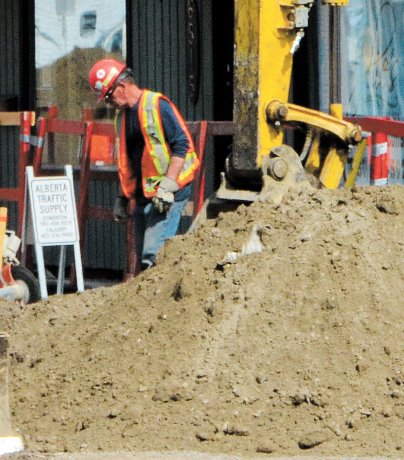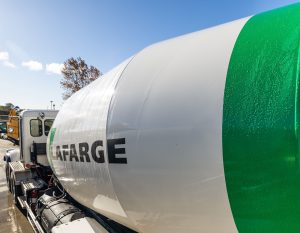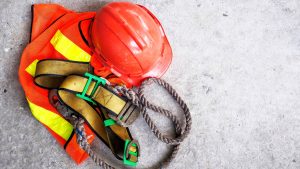Following a fatal incident in 2011, it took little convincing for Blair Buchholtz, Edmonton Transportation Services general supervisor of aggregate and recycling, to try out a new piece of safety technology. A service worker for a contract loader walked behind a loader whose operator didn’t see him.
He turned around to go into his tool box and he was crushed by the vehicle. He died in hospital.
In 2012, the city became the first municipality in Western Canada to use ScanLink technology.
Those working near heavy machinery on Buchholtz’s team have radio frequency identification (RFID) chips in their hard hats and safety vests.
Buchholtz’s team’s skid-steers, 20-ton front-end loaders and dump trucks are equipped with a system that emits a radio frequency.
When a worker is within 6.5 metres of a machine, the machine’s monitor picks up a reflected radio signal from the person’s RFID vest or hard hat.
That sets off a warning signal both inside the machine’s cab and outside for the person to hear.
It also lights up a strip of bright flashing red LED lights pointed right at the driver inside the cab.
Buchholtz said that since his department requires the technology be used by all contractors and those who use their own machines to load up aggregate, many in the private sector have adopted it.
However, there are still some who balk at the price tag.
The ScanLink technology costs about $3,500 for each vehicle monitor box and $50 for vests.
"But, how much is somebody’s life worth to you?" he asked, noting that had the technology been in place in 2011, the service worker wouldn’t have been killed.
Recently Buchhotlz pushed the manufacturer to develop a special version of the technology to help monitor mounted arms that swing from conveyor belts used to move crushed aggregate and sand.
The system creates a 2.5 metre safety zone around various contact points around the department’s eight conveyers.
He explained that last year wasn’t a good year in the crushing industry, as there were two fatalities in Southern Alberta.
"As the City of Edmonton, we have an obligation to go through and maintain that higher standard of technology because we are an ever-growing city and we represent everybody within it," Buchholtz said.
"It benefits the city and everybody gets to go home."

Workers on some Edmonton projects are required to use a safety system that utilizes RFID tags in hard hats and vests to identify worker’s proximity to heavy equipment.
Photo: Bradley Fehr"










Recent Comments
comments for this post are closed